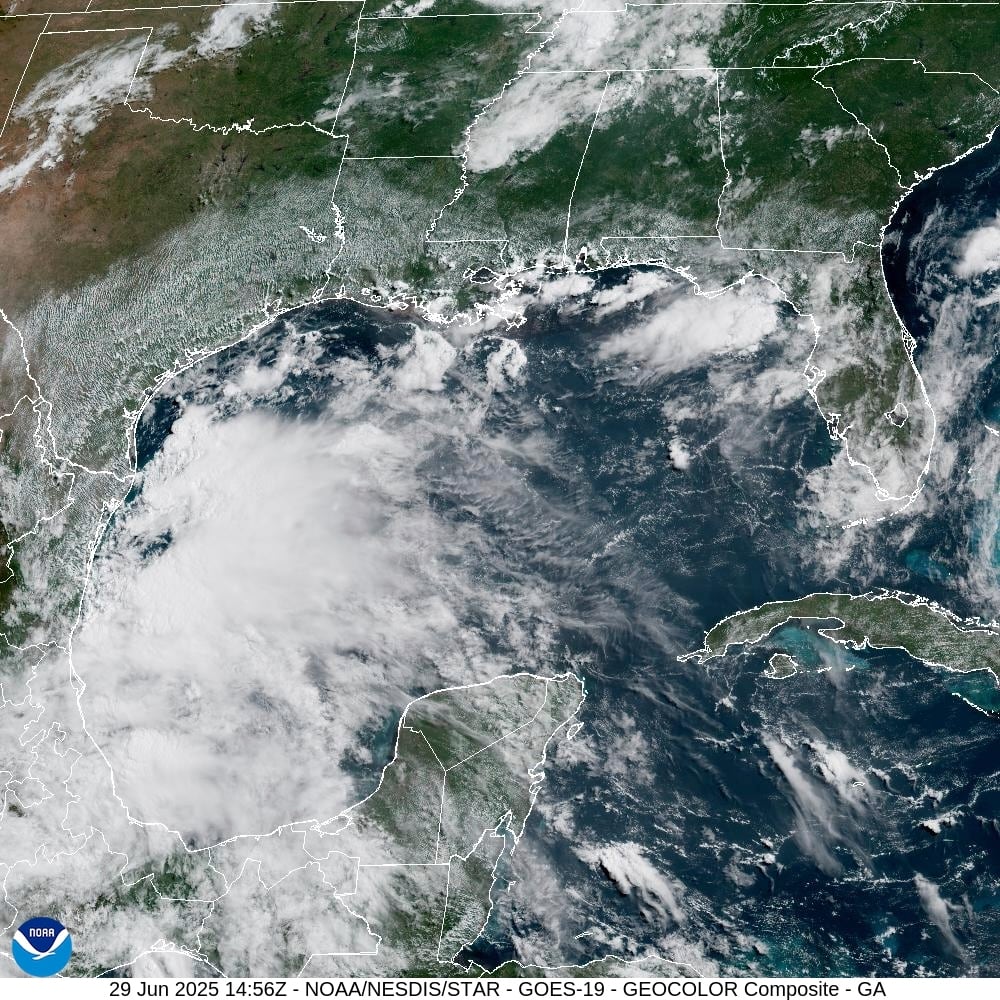CITY OF MEXICOOff the southwest Pacific coast of Mexico, Flossie has intensified into a hurricane. Monday night, Flossie strengthened into a Category 1 hurricane with maximum sustained winds of 75 mph (120 kph), according to the U.S. National Hurricane Center in Miami.
According to the hurricane center, Flossie was around 175 miles (280 kilometers) south of Manzanillo and was heading west-northwest off the coast of Mexico.
It was anticipated that Flossie would rain on multiple Mexican states while avoiding the coast for a few days.
THIS NEWS UPDATE IS BREAKING. Below is AP’s earlier story.
MEXICO CITY (AP) — Tropical Storm Flossie was expected to develop into a hurricane overnight as it continued to gather strength off the southwestern Pacific coast of Mexico on Monday afternoon. In the meantime, eastern Mexico received rain from the remains of Tropical Storm Barry.
With maximum sustained winds of 65 mph (100 kph), Flossie grew stronger. It was traveling northwest at 12 mph and had its center roughly 170 miles (270 kilometers) southwest of Zihuatanejo.
A tropical storm warning was issued by the Mexican government for the southern coast between Playa Perula and Punta San Telmo.
From Zihuatanejo to Cabo Corrientes, the southwest coast was still under a tropical storm watch. A watch indicates that there is a two-day chance of tropical storm conditions in the region.
Late Monday or early Tuesday is when Flossie is predicted to quickly strengthen into a hurricane before evading the coast for a few days. Its center is expected to stay offshore, but into early next week, areas of Oaxaca, Guerrero, Michoac, Colima, and Jalisco were expected to see moderate rain.
After coming ashore as a tropical depression south of Tampico with maximum sustained winds of 30 mph, the remnants of Barry were sending heavy rain to Mexico’s Gulf coast, according to the U.S. National Hurricane Center in Miami.
____
Go to https://apnews.com/hub/latin-america to follow AP’s coverage of Latin America and the Caribbean.
